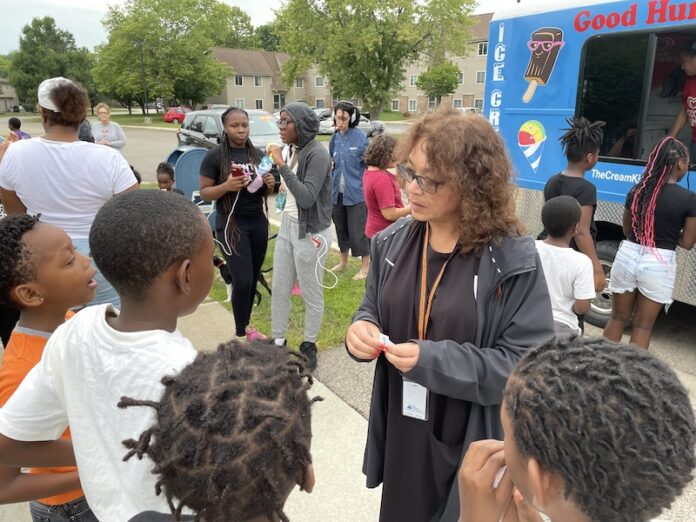Artificial intelligence has been in schools for a while—it’s what drives any adaptive curriculum or assessments that your teachers are using, for instance. With that reassuring starting point, Superintendent Minerva Garcia-Sanchez says next school year will be when educators at DeKalb School District #428 become much more comfortable with how educators and students can get the most out of the rapidly advancing technology.
“Kids are already using it,” says Garcia-Sanchez, who has led the Illinois district for three years. “To them, it’s no big deal. It’s us making a big deal of it and causing it to be more than it really is.”
The district’s teachers have been using a version of ChatGPT to help students learn how to ask the right questions when using the technology. The goal is for students to let their emerging knowledge and reasoning guide their interactions with the bots, she explains.
Fresh perspectives: The latest round of newly installed superintendents are first-timers
Ultimately, she and her staff see AI as one of the most compelling ways to further engage students in learning.
‘Their strengths are my gaps’
“If I don’t do it, I can’t expect anybody else to do it,” is how Garcia-Sanchez describes her leadership philosophy. Her job is to push people, in a positive sense, to reach their full potential and capacity to become strong leaders.
“I look for people who have things that I don’t—their strengths are my gaps,” she points out. “When you bring in folks like that, we have the strengths of all of us to build the one team that makes us strong.”
When Garcia-Sanchez became superintendent three years ago, she immediately noticed an education desert in the “Uptown” community where about 30% of her students lived. Students had to be bused out of the community and lack of public transportation made it hard for parents to visit their children’s schools. She rallied community support, and the district is breaking ground in April on a school that will serve about 600 students.
It should eliminate public transportation as a barrier and have a positive impact on attendance. “Now kiddos can cross the street and go to school,” she notes. “Mom, Dad, Grandma, Auntie can come visit and be a part of the school.”
The district also moved its transition center for graduates with disabilities out of a few classrooms at the high school and into its own home in a former daycare center. The facility has classrooms as well as a replica apartment where the students will create resumes, and learn self-efficacy and independent living skills.
Finally, she and her team also recently “right-sized” salaries for staff ahead of renegotiating contracts with the district’s unions.










